Can localized papillary thyroid cancer (PTC) forgo surgery and be observed? Background: Recent epidemiologic trends have documented a dramatic increase in the incidence of PTC, much of it due to the […]
Fibula and Osteocutaneous Radial Forearm Free Flap Are Comparable
Does the osteocutaneous radial forearm free flap (OCRFFF) provide equivalent functional outcomes and improved morbidity compared to the fibular free flap (FFF) in mandibular reconstruction? Background: Although widely used due to […]
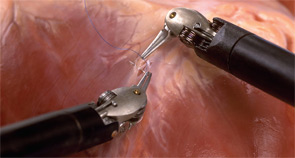
Scarless Surgery: The benefits and drawbacks of robotic thryroidectomy
Using robotic arms, surgeons can now remove the thyroid gland through an incision in the axilla, or armpit, thereby avoiding the large scar on the front of the neck caused by traditional thyroid surgery. The procedure offers no other benefits over the traditional approach developed a century ago by Emil Theodor Kocher, MD, according to head and neck surgeons who perform the robotic surgery. In fact, it takes longer to recover from the robotic surgery, they say, with some patients complaining of chest numbness for months afterwards.
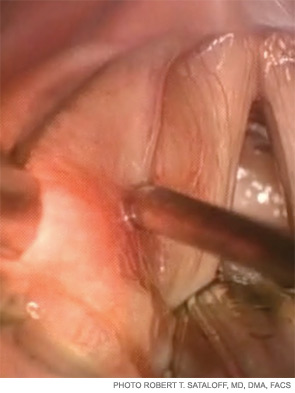
The Voice Lift: Should vocal fold surgery be considered a cosmetic procedure?
People get face-lifts and other types of cosmetic surgery to look better. They exercise so that they’ll feel better. But few people consider a voice lift, which combines surgery and exercise to make them sound better.
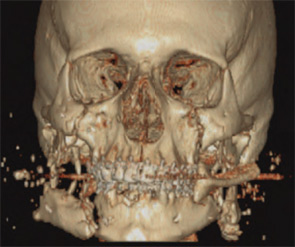
Unintended Consequences: Combat-related injuries lead to advances in facial plastic and reconstructive surgery
Ever since the first fully equipped otolaryngology team was sent to the Air Force Theater Hospital (AFTH) in Balad, Iraq in 2004, an otolaryngologist-head and neck surgeon has become a permanent member of any deployed multispecialty head and neck team, working alongside a neurosurgeon, ophthalmologist and oral and maxillofacial surgeon.

Trauma Care and the Otolaryngologist: Roles, Expectations, and Challenges
SAN DIEGO-Trauma care in the United States is on or heading toward life support. Although this may sound hyperbolic, it points to a need, seen by many otolaryngologists and other surgeons, to raise awareness of the growing gap between the numbers of people in need of trauma services and the accessibility of getting those services.
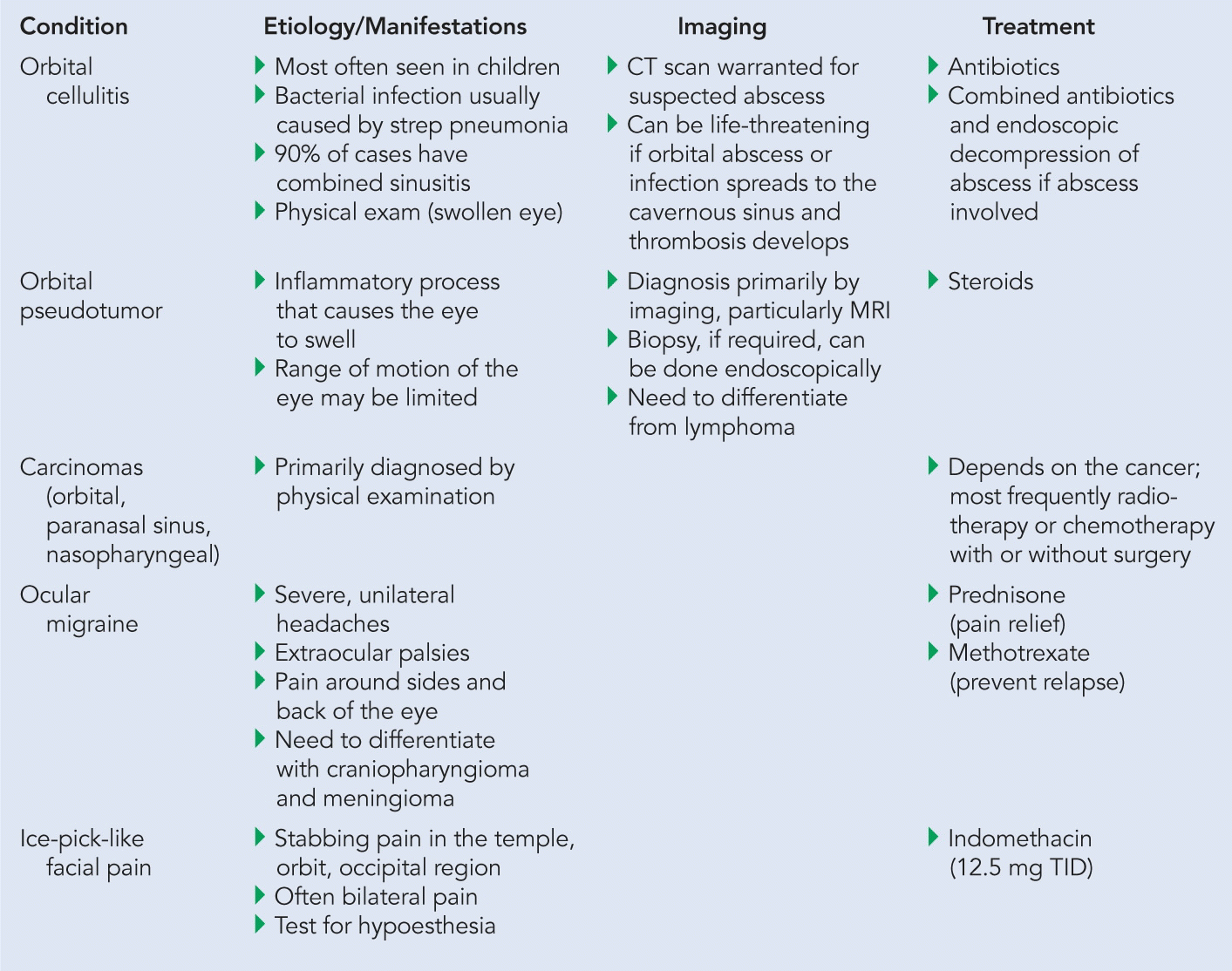
An Otolaryngologic Quandary: Diagnosis and Treatment of Pain Syndromes of the Head and Neck
When a person walks into an otolaryngologist’s office with pain in the head and neck area, the challenge to correctly identify the cause and treat appropriately is a large one and one that otolaryngologists face daily.
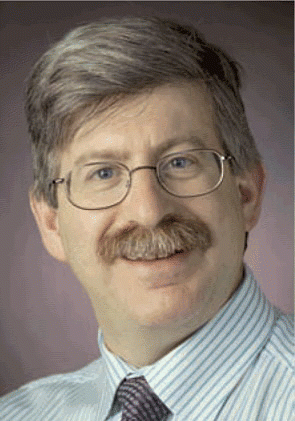
Salivary Gland Malignancies: Diagnosis and Treatment of a Rare and Challenging Cancer
Endoscopic Resection of Esthesioneuroblastomas Shows Promising Results
A leading endoscopic surgeon said that removing complex esthesioneuro blastomas can be achieved using accepted oncological principles, and that the early results appear comparable to outcomes achieved with conventional surgery.
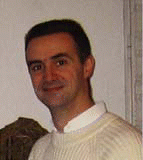
Age, Experience Factors in Predicting Failure of Subglottic Stenosis Procedures
Physicians have suggested that the likelihood of failure of surgery to correct subglottic stenosis appears to be related to the age of the child at the time of treatment and whether the child is being treated at a tertiary care facility.